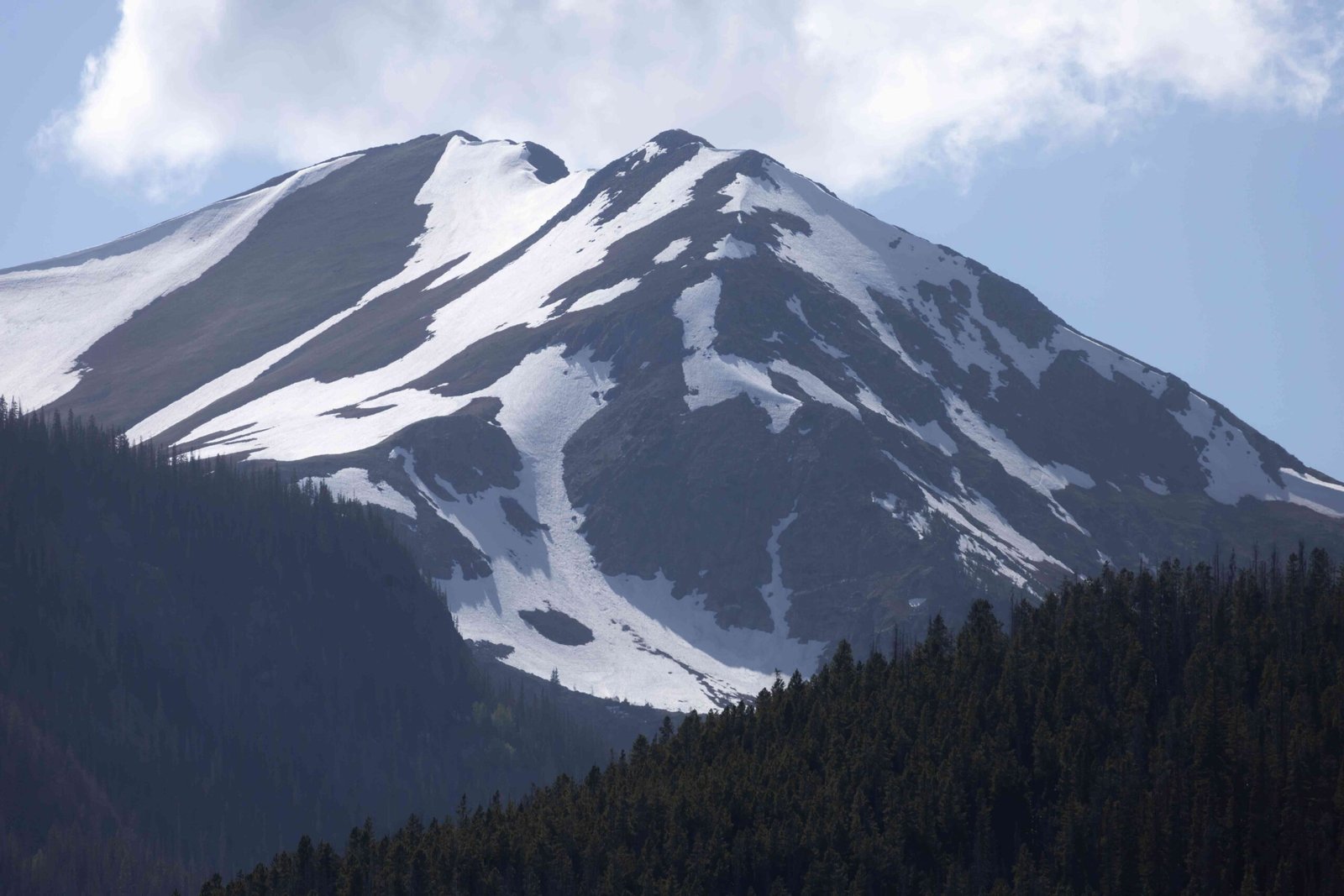Rocky Mountain National Park and Olympic National Park are two of America’s most beloved natural treasures. Both offer stunning landscapes, diverse ecosystems, and unique outdoor experiences. Rocky Mountain National Park, located in Colorado, is known for its high-altitude peaks and alpine tundra. Olympic National Park, situated in Washington state, boasts a remarkable variety of ecosystems, from rugged coastlines to temperate rainforests and glaciated mountains. This comparison will explore the distinct features, trails, wildlife, and climate of these two iconic national parks.
What Are the Key Differences in Landscape Between Rocky Mountain and Olympic National Parks?

Rocky Mountain National Park is characterized by its towering peaks, alpine lakes, and vast meadows. The park’s landscape is dominated by the Rocky Mountains, with elevations ranging from 7,860 feet to 14,259 feet at the summit of Longs Peak. In contrast, Olympic National Park offers a more diverse landscape, encompassing three distinct ecosystems:
- Rugged Pacific coastline
- Temperate rainforest
- Alpine areas and glaciated peaks
While Rocky Mountain National Park is landlocked, Olympic National Park features 73 miles of wild Pacific coastline, adding a unique dimension to its landscape.
How Do the Hiking Trails Compare Between the Two Parks?

Both parks offer extensive trail systems, but the hiking experiences differ significantly:
Rocky Mountain National Park Trails
- Sky Pond:
- Length: 9.5 miles (out-and-back)
- Elevation Gain: 1,800 feet
- Difficulty: Hard
-
Features: Alberta Falls, The Loch, Lake of Glass
-
Dream Lake & Emerald Lake:
- Length: 3.2 miles to Dream Lake, 8.2 miles to Emerald Lake
- Elevation Gain: 700 feet to Dream Lake, 1,720 feet to Emerald Lake
-
Difficulty: Easy/Moderate to Dream Lake, Challenging to Emerald Lake
-
Longs Peak:
- Length: 15 miles (out-and-back)
- Elevation Gain: Over 5,000 feet
- Difficulty: Very Hard
- Note: Highest peak in the park, requires high-alpine hiking experience
Olympic National Park Trails
- Hurricane Hill Trail:
- Length: 3.2 miles (out-and-back)
- Elevation Gain: 700 feet
- Difficulty: Moderate
-
Features: Views of Strait of Juan de Fuca and surrounding mountains
-
Hoh River Trail to Blue Glacier:
- Length: 17.3 miles (out-and-back)
- Elevation Gain: 4,500 feet
- Difficulty: Very Hard
-
Features: Hoh Rainforest, Blue Glacier
-
Lake Quinault Loop Trail:
- Length: 3.8 miles (loop)
- Elevation Gain: Minimal
- Difficulty: Easy
- Features: Scenic lake views, potential wildlife sightings
What Wildlife Can Visitors Expect to See in Each Park?
Rocky Mountain National Park Wildlife
- Elk (common in meadows and valleys)
- Moose (found in wetter areas)
- Bighorn Sheep (often seen on steep slopes)
- Mountain Lions (rarely seen)
- Black Bears (less common)
Olympic National Park Wildlife
- Black Bears (common in rainforests)
- Mountain Goats (found in higher elevations)
- Roosevelt Elk (abundant in rainforests)
- Olympic Marmots (unique to Olympic Peninsula)
- Marine Wildlife (sea otters, seals, seabirds along the coast)
How Does the Elevation Differ Between Rocky Mountain and Olympic National Parks?
| Park | Highest Peak | Elevation Range |
|---|---|---|
| Rocky Mountain | Longs Peak (14,259 feet) | 7,860 – 14,259 feet |
| Olympic | Mount Olympus (7,965 feet) | Sea level – 7,965 feet |
Rocky Mountain National Park’s Trail Ridge Road, the highest paved road in the US, reaches over 12,000 feet. Many hiking trails in Rocky Mountain start at elevations around 8,000-10,000 feet and can climb to over 12,000 feet. In contrast, Olympic National Park’s trails range from sea level to around 6,000-7,000 feet, with the popular Hurricane Ridge area at about 5,200 feet.
What Are the Climate Differences Between the Two Parks?
Rocky Mountain National Park Climate
- Summer: Warm days (70s-80s°F), cooler nights, afternoon thunderstorms common
- Winter: Cold with significant snowfall, temperatures can drop below 0°F at higher elevations
- Spring and Fall: Mild temperatures (50s-60s°F), windy and unpredictable
Olympic National Park Climate
- Summer: Mild temperatures (60s-70s°F), especially in coastal areas; mountains cooler
- Winter: Cool to cold, significant rainfall in rainforests, snowfall at higher elevations (30s-50s°F)
- Spring and Fall: Mild temperatures, moderate rainfall, lush rainforests
Which Park Offers Better Opportunities for Stargazing?
Rocky Mountain National Park generally offers better stargazing opportunities due to its higher elevation and drier climate. The park’s alpine areas provide excellent dark sky conditions, especially during new moon phases. Olympic National Park also offers good stargazing, particularly along the coast and in higher elevation areas, but coastal fog and more frequent cloud cover can sometimes limit visibility.
How Do the Visitor Facilities Compare Between the Two Parks?
Both parks offer a range of visitor facilities, but there are some differences:
Rocky Mountain National Park
- Five visitor centers
- Extensive campground network (5 campgrounds with over 500 sites)
- No lodges within the park, but nearby towns offer accommodations
- Trail Ridge Road provides easy access to high-altitude areas
Olympic National Park
- Four visitor centers
- 16 campgrounds throughout the park
- Several lodges within the park boundaries (e.g., Lake Crescent Lodge, Kalaloch Lodge)
- Hurricane Ridge Road provides access to alpine areas
What Unique Features Set Each Park Apart?
Rocky Mountain National Park
- Trail Ridge Road: Highest paved through-road in any national park
- Alpine tundra ecosystem: One-third of the park is above tree line
- Longs Peak: Iconic 14,259-foot peak, popular among climbers
Olympic National Park
- Diverse ecosystems: From coastline to rainforest to alpine peaks
- Hoh Rainforest: One of the largest temperate rainforests in the U.S.
- Olympic Mountains: Home to the most glaciers in the lower 48 states outside of Washington’s Cascade Range
In conclusion, Rocky Mountain National Park versus Olympic National Park presents a choice between high-altitude alpine experiences and diverse ecosystems spanning from coast to mountains. Each park offers unique landscapes, wildlife, and outdoor adventures, catering to different preferences and providing distinct natural wonders for visitors to explore.

